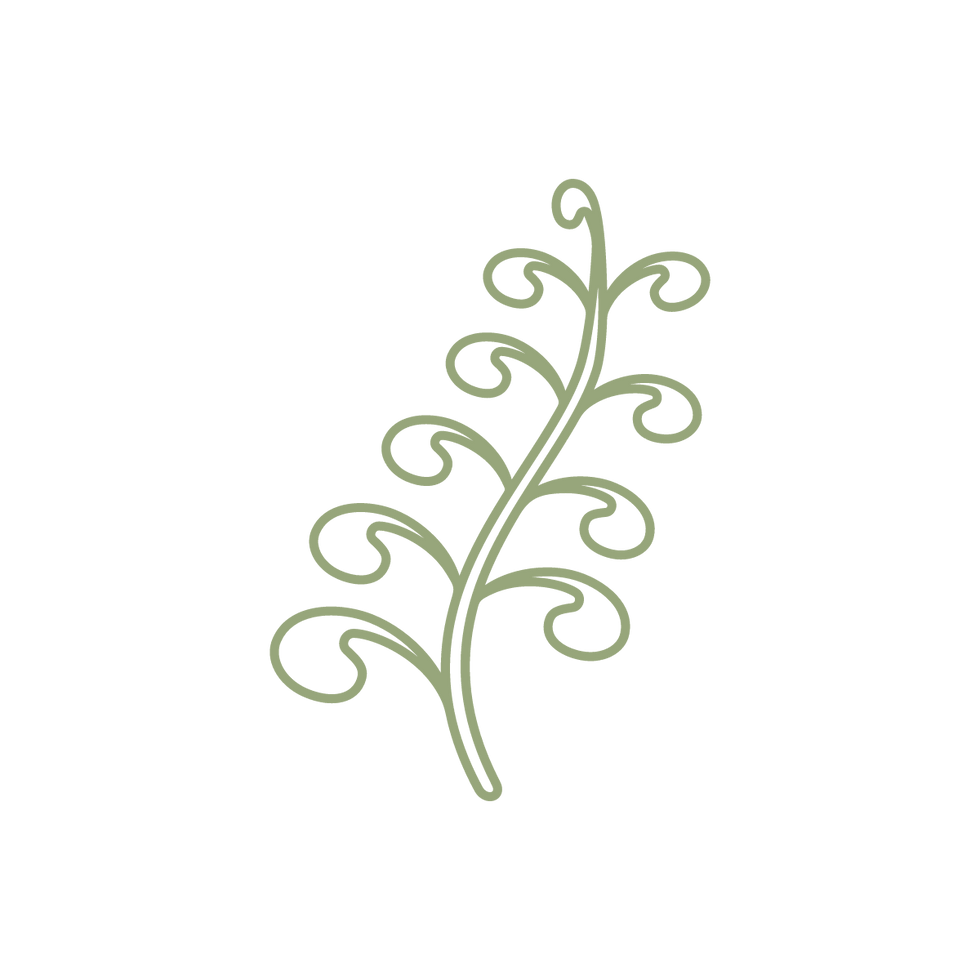

Ageratum
Conoclinium coelestinum, commonly called mistflower, is a late summer to fall-blooming herbaceous perennial that is native to the Eastern United States. It looks like annual ageratum and in that regard is sometimes commonly called hardy ageratum. But it is perennial and can spread aggressively by rhizomes. It typically grows to 1-2’ tall on downy purplish stems clad with coarsely-toothed, ovate-deltoid leaves (to 3” long). Numerous small, fluffy, tubular, blue-purple flowers (to 1/ 2” across) with discoid heads bloom from July to October in dense flat topped terminal clusters (corymbs). Mistflower is primarily found in low wet woods, at bluff bases, and in moist ground along streams, ponds, sloughs and ditches. It is also commonly called blue boneset.

Larval Host for the
Little Yellow Butterfly
1.5-3'
1.5-3'



SIZE
SOIL
Moist Loam, Clay, Sand
LIGHT
Part Shade, Sun

BENEFITS
Bees, Butterflies, Moths, Beetles

NOTES
Prefers moist, fertile, humusy soils which do not dry out. Will grow in wet areas.

CHARACTERISTICS
Spreads Quickly, Groundcover, Stabilizing, Showy, Will Naturalize
July, August, September, October
Flower
This
flowers in
Blue Mistflower
Conoclinium coelestinum
DETAIL VIEW

DESCRIPTION
Conoclinium coelestinum, commonly called mistflower, is a late summer to fall-blooming herbaceous perennial that is native to the Eastern United States. It looks like annual ageratum and in that regard is sometimes commonly called hardy ageratum. But it is perennial and can spread aggressively by rhizomes. It typically grows to 1-2’ tall on downy purplish stems clad with coarsely-toothed, ovate-deltoid leaves (to 3” long). Numerous small, fluffy, tubular, blue-purple flowers (to 1/ 2” across) with discoid heads bloom from July to October in dense flat topped terminal clusters (corymbs). Mistflower is primarily found in low wet woods, at bluff bases, and in moist ground along streams, ponds, sloughs and ditches. It is also commonly called blue boneset.